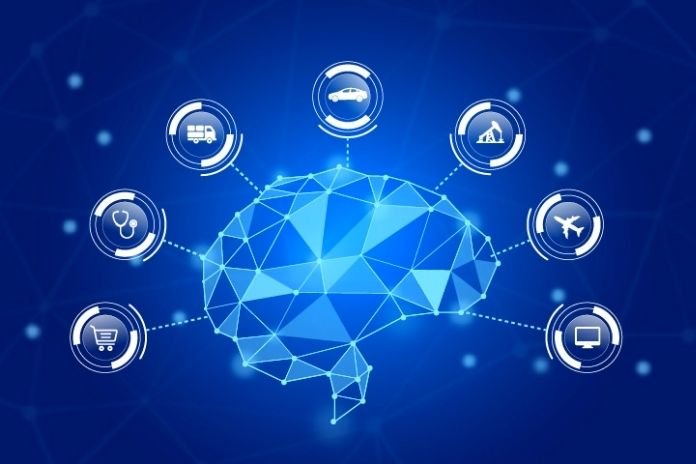The Relationship Between IoT And AI
IoT And AI: The Internet of Things ( IoT ) is a technology that comes from innovative ventures and concepts in information and communication technology associated with: Connectivity in Ubiquitous Computing, Pervasive Computing, and Intelligent Environments.
Ubiquitous Communication comprises objects that communicate anywhere and anytime. At the same time, Pervasive Computing means the reinforcement of objects with processing power (also called intelligent objects), and Environmental Intelligence is the ability these objects have to identify changes in the physical environment and actively interact in a process. Thus, the IoT is described as a network of physical objects – “things” – embedded in sensors, software, and other technologies. In the IoT, whatever the physical or virtual sensor, this is considered a “thing” connected to the Internet. In the consumer market, intelligent homes stand out among consumers. They can be equipped with devices and specialized “things,” such as sensors or actuators that will collect and act/act remotely when a situation is detected.
With advances in telecommunications and the Cloud, the Internet of Things (IoT) has evolved due to the convergence of several technologies, mainly in the scope of smart cities, allowing several applications that address real-time analytics, machine learning, commodity sensors, and embedded systems.
Other Aspects
Faced with the large volume of connected devices and applications, there is a scenario that understands the concept of big data. In this context, IoT has inspired many different services adapted to other methods for smart cities, such as predicting accidents with intelligent transport systems, environmental monitoring, automation in smart homes, personal health assistants, and healthcare, among others. The sheer volume of data generating in these scenarios provides opportunities for high business value insights as correlations and associations are made. However, humans can’t analyze and understand large volumes of data to find such wisdom promptly.
Artificial intelligence (AI) plays a crucial role in IoT. It has been increasingly explore in understanding and making decisions in the face of large volumes of data since AI systems can learn from data rather than follow predetermining instructions. Machine learning, deep learning, natural language processing applications, among others, can perform an analysis of abstract data.
And provide real-time responses to other connected devices or interfaces where humans can act quickly. While the IoT offers data, artificial intelligence acquires the power to generate answers, providing creativity and context to drive intelligent actions.
Applications Where IoT And AI Stand Out For The Benefit Of Society
Smart Energy is one of the most critical research areas in IoT because it is essential to reduce overall energy consumption. Intelligent energy includes a variety of operational and energy measures. Including innovative energy applications, intelligent leakage monitoring, renewable energy resources, etc. Smart Grid, for example, includes high-speed time series data to monitor critical devices.
Mobility is another essential part of the city that AI and IoT applications aim to improve people’s quality of life. Smart mobility will divide into:
- Self-driving cars: IoT will have a far-reaching effect on how vehicles run. IoT sensors and wireless connections make it possible to create self-driving vehicles and monitor vehicle performance.
- Traffic control: optimizing the flow of traffic through sensor data analysis is another challenge of mobility in the city. Traffic data will collect from cars, road cameras, and counter sensors install on the roads in traffic control.
- Public transport: IoT can improve public transport system management by providing accurate location. And route information for the intelligent transport system. It can help passengers make better decisions on their schedules and decrease the amount of wasted time.
Other Aspects
Manufacturing is one of the industries that has already embraced new technologies. Like IoT, artificial intelligence, facial recognition, deep learning, robots, and more. Robots employed in factories are getting smarter with implanted sensors, which facilitates data transmission. Also, as robots are provided with artificial intelligence algorithms, they can learn from the latest data. This approach saves time and costs and makes the manufacturing process better over time.
Monitoring of human life, environment, crime, and social health will improve with the combination of IoT and AI. The setting with its components is fundamental and vital for life. Consequently, AI algorithms can improve crime identification, ensuring increased safety and general social health.
Also Read: What Is Microsoft Artificial Intelligence Technology?
Share this content:











Post Comment